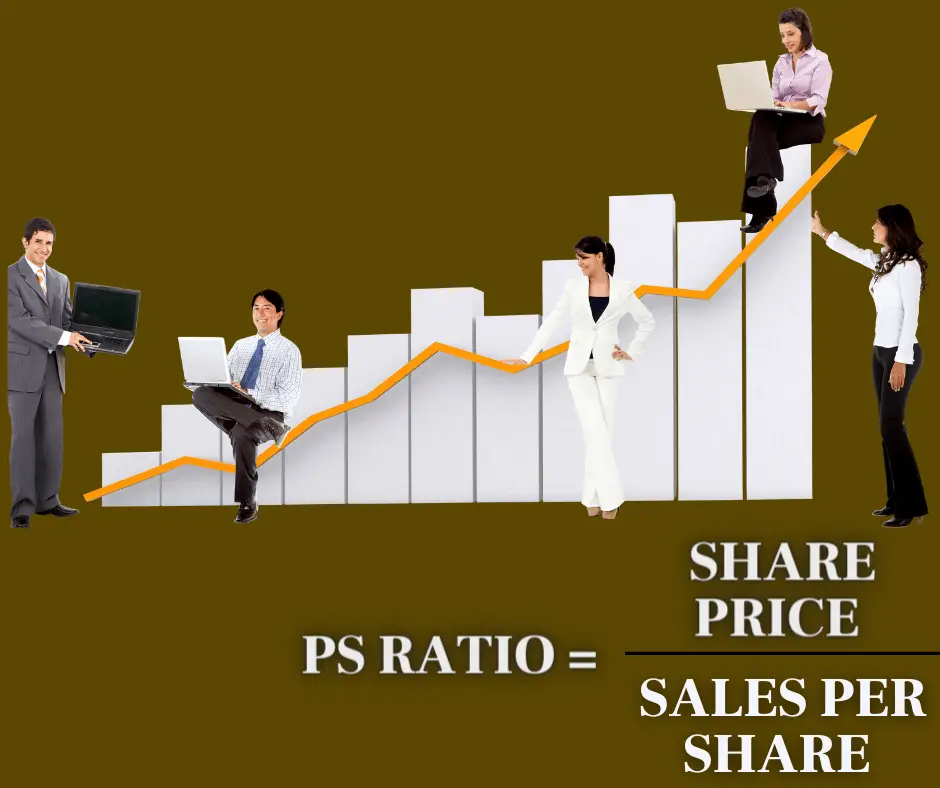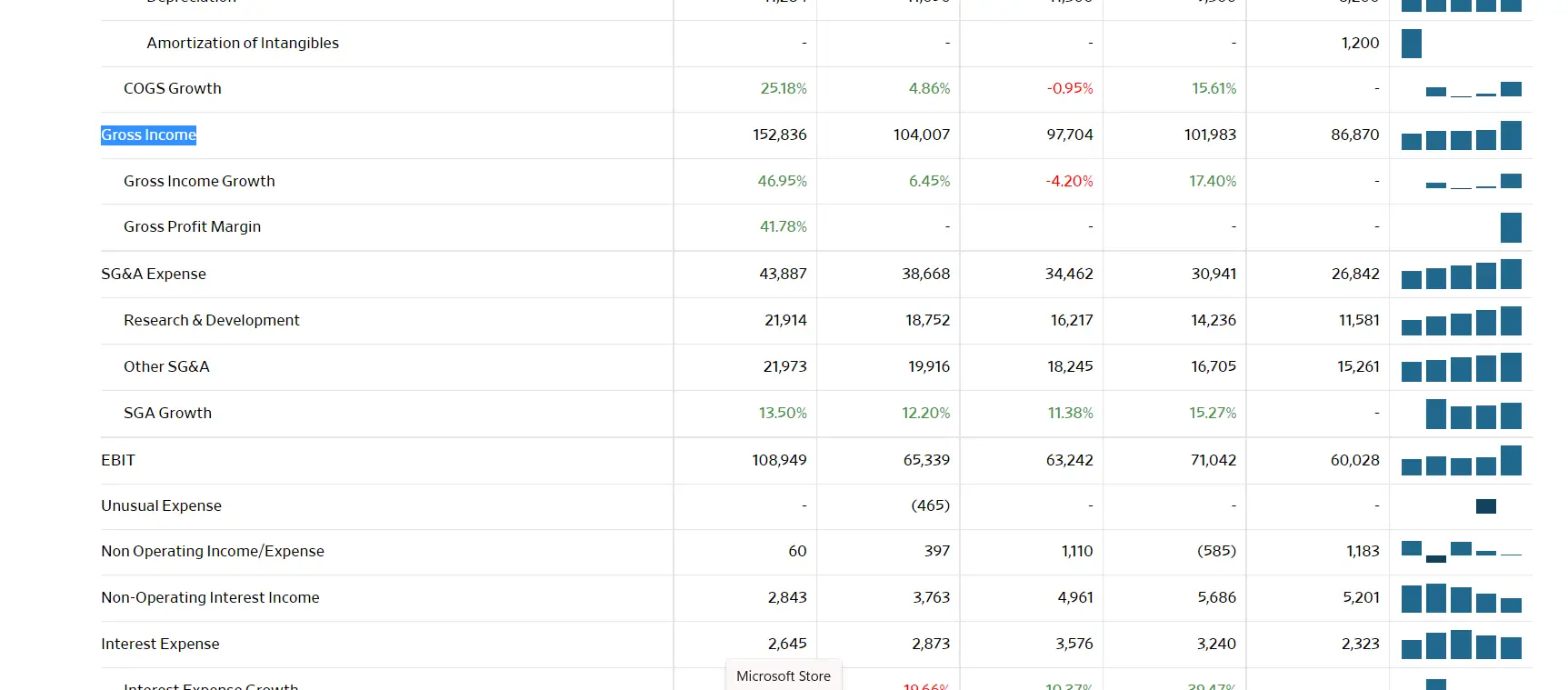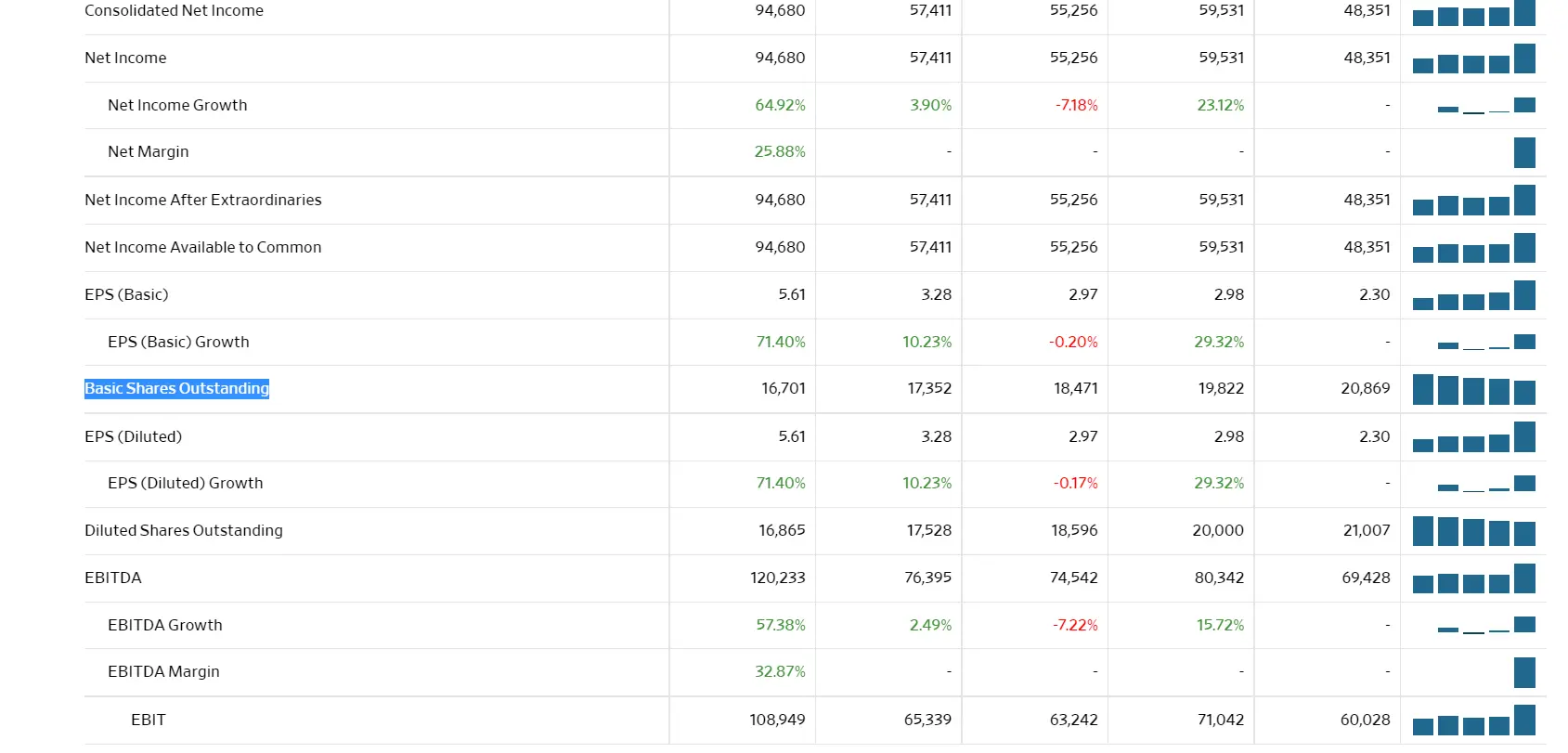What is the price to sales ratio formula? Why is it important for your business or as an investor? Answering these questions is important if you are a business person or an investor because the answers will allow you to make smart decisions moving forward with your business or your investments. In this article, we would look at what the ps ratio formula is, some examples of how to apply and interpret it, and all the basic information you need to understand what the price-to-sales ratio is all about.
What is price to sales ratio?
The price to sales ratio which is also referred to as the ps ratio can be defined as a ratio that is used to determine the total value investors place on a company in comparison to the total revenue generated by the company. It is a type of market prospect ratio that can be calculated by dividing the share price by the sales per share.
Origin
The P/S ratio was developed by Mr. Kenneth Fisher around 1978. He is one of the worlds leading stock market experts and financial advisors. Before the price-to-sales ratio was developed, companies that had early growth periods were immensely over-valued by investors. This was a problem because when the value of the company drops below the expectations of the investors, they quickly sell their shares in fear of losing their capital.
To solve this problem, Mr. Fisher came up with the Price-to-sales ratio. With this method, the value of the sales is used as the base for the formula because while earnings fluctuate, sales don’t. This way the company’s management would be able to identify the reasons for their loss of value and solve the problems so that the value goes back to normal and share prices and earnings would rise. The investors would not have to sell their shares for no reason and possibly take losses on their investments.
Understanding PS ratio
The price-to-sales ratio is key for investors when they are trying to value a company. It is key because it shows the investors how much they are really paying for the company per dollar of sales. With any business, the main goal is to make profits through sales of either goods or services through effective marketing strategies. The ps ratio provides a way for investors to value these companies and it can also be used to compare companies that are in the same sector such as Facebook and Twitter.
The ps ratio is calculated by either dividing a company’s market capitalization by its total sales over a specified period of time or by dividing the company’s stock prices by sales per share. The ps ratio is one of the revenue multiples and it helps start-up companies that have little to no sales place a valuation on the company based on the assets. This is important to note because without the ps ratio it would be difficult for startups to place a value on their companies.
A low ps ratio suggests to investors that the company is undervalued while a high ratio suggests that the company is overvalued. The valuation of a business is important for investors because it is vital that they know what price they are coming into the business at. If the valuation is high then the chances of long-term returns are reduced significantly however investing at a reasonable valuation gives the investors confidence regarding their long-term return on investment.
The ps ratio does not account for the total revenue of a company or its earnings. It also does not account for debts that the company possesses or the condition of its balance sheets. This is why investors always ask whether the company has debts or any patents pending or approved.
Now while the ps ratio does not take debt into account, the company’s value to sales ratio does. The value-to-sales ratio uses the company’s value and not their market cap as opposed to the ps ratio that utilizes the latter. The value-to-sales ratio is more complicated to calculate hence many companies choose to simply utilize the ps ratio.
Price to sales ratio formula (PS ratio)
The formula for price to sales ratio is calculated by dividing the share price which is also known as market capitalization by the total sales of the company for a specified period of time, usually for 12 months. It can be expressed as;
PS ratio = Share price/ sales per share.

Defining the parameters of the PS ratio formula
- share price
- sales per share
Share price
This is also known as stock price and it represents the amount that it would cost to buy one share in a company. The price of a share does not remain fixed. It fluctuates depending on the market conditions. Share prices go up when the company is viewed by the market as profitable but they fall when the company is not meeting up to expectations. Share prices can be determined through the company’s Initial public offering (IPO).
Sales per share
Sales per share can be calculated by dividing the total revenue of the company within a given period of time by the outstanding shares of the company. The outstanding shares also known as shares outstanding are the types of shares that are owned by the company and can be bought and traded by the public. The sales-per-share needs to be calculated in order for investors to know if the company is efficiently using the funds that are currently available in the business.
Price-to-Sales ratio calculations and examples
| year 1 | year 2 | year 3 | |
| share price | 20 | 22 | 25 |
| sales per share | 18 | 19 | 20 |
| ps ratio | 1.1 | 1.2 | 1.3 |
For this example, let’s assume that the table represents the share price and the sales per share obtained from the income statement of a company.

The Price to sales ratio for each year is calculated as (the share price/sales per share). With each passing year, the share price increased by about 12 percent while the sales per share increased at a slower pace. Now, the interpretation of this information suggests that It would’ve been cheaper to pay for shares in year 1 than to pay for the same shares in year 3.

To simplify this example, it is obvious that in year 1, the investors are paying 1.1 dollars per share while in year 3 the price is now at 1.3. The 1.1 per share is definitely cheaper than 1.3 and in the business world, 1 percent means a lot. This is why investors choose to buy low and sell high. There are many reasons that the ps ratio could go up such as market sentiments, news releases, trends in the market, or an increase or decrease in the company’s market share.
Another example can be seen in some companies today for example Apple’s sales per share as of 2021 was 16.60 dollars and the stock price was 145 dollars. This gives Apple a ps ratio of 8.7 dollars. Microsoft trades with a ps ratio of about 10.89 while google trades with a P/S ratio of 6.289. With the data provided, some financial analysts may conclude that Microsoft of all the companies mentioned is overvalued while the rest are undervalued. This suggests that if an investment is to be made the best bet would be to go for google at 6.8 dollars per share as it is the lowest and promises the best return on investment in the long term.
Limitations of the price-to-sales (P/S) ratio?
A number of investors view sales revenue as a more secure indicator of a company’s growth compared to share price. This is because the price-to-sale ratio does not include the profitability of companies. The P/S ratio is a great way to value companies that may or may not be profitable, it is also a disadvantage because the ps ratio may be misleading to investors especially when the companies involved are not profitable.
Also as mentioned previously, the ps ratio does not represent the actual value of the company. This means that the PS ratio does not account for the company’s leverage and this is the major reason why many prefer to use the EV/Revenue multiple.
FAQs
What is a good price-to-sales ratio?
A low ps ratio is generally more acceptable. This is because it gives investors a great price to buy into the business and it also makes the business attractive hence providing avenues to investment offers and fund negotiations.
What does a high price-to-sales ratio mean?
A high price to sales ratio means that investors would have to buy the shares of a company at a high price. This is not good because investors are looking to buy low and then sell high. A high ps ratio could also indicate to other investors that a company is not effectively using the investments they currently have.
When can the P/S ratio be used?
The ps ratio can be used when comparing companies that are similar to each other in the same industry. It is used because there are many other organizations in other industries with different capital requirements; so, the PS ratio helps you narrow down your comparisons to companies that are similar.
What is the average price to sales ratio?
An average or normal P/S ratio depends on the industry you’re looking at, however, many financial analysts suggest a ps ratio of 1 or less, like a normal price-to-sales ratio. Please note that this number may be high in some industries and low in others so it generally depends on the industry that you are looking at.
Nansel is a serial entrepreneur and financial expert with 7+ years as a business analyst. He has a liking for marketing which he regards as an important part of business success.
He lives in Plateau State, Nigeria with his wife, Joyce, and daughter, Anael.
